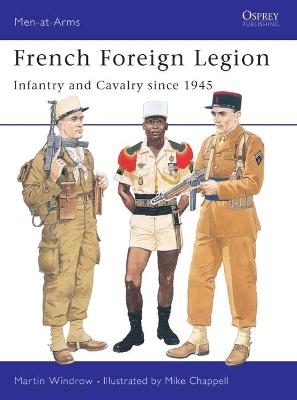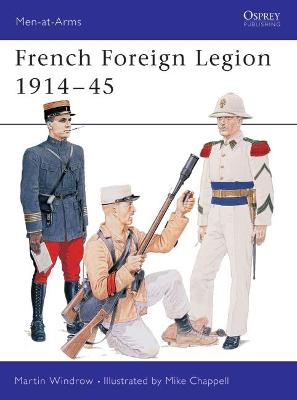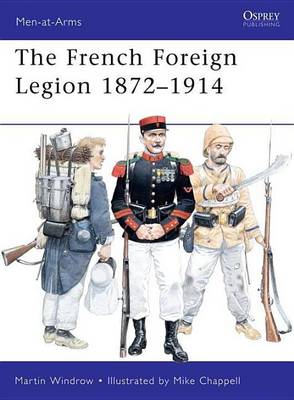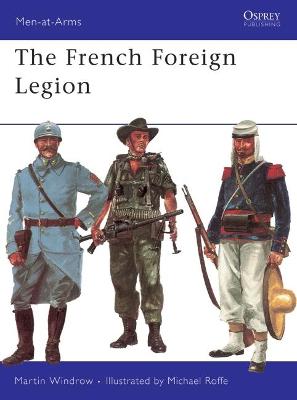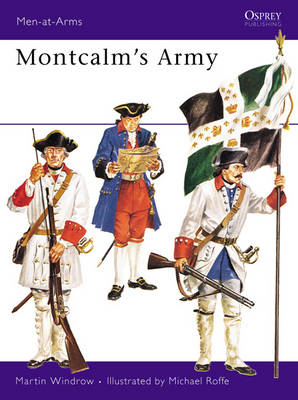Men-at-Arms
6 primary works • 10 total works
Book 24
Book 34
Book 300
Book 322
Book 325
Book 461
Taking advantage of the latest research, this lavishly illustrated study explores the evolution of the uniforms and kit of the French Foreign Legion, from their early campaigns in Algeria through to their iconic Battle of Camerone in Mexico and their role in the Franco-Prussian war.


